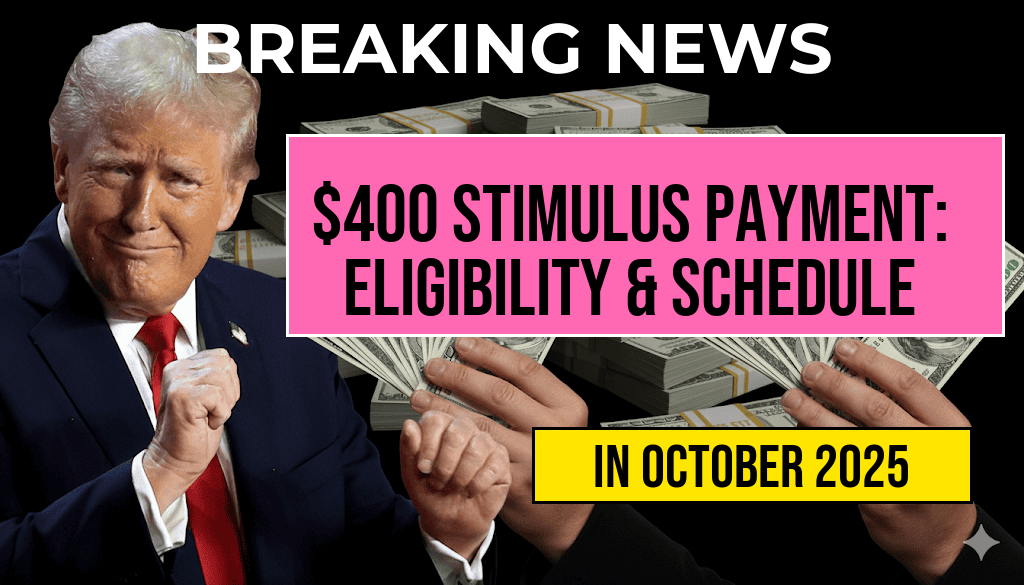The IRS has clarified recent changes in reporting requirements for income generated through third-party payment processors, such as PayPal, Venmo, and other digital platforms. Starting with the 2022 tax year, businesses and individual entrepreneurs who receive more than $20,000 in gross payments and conduct more than 200 transactions through these platforms will be required to report their earnings using IRS Form 1099-K. This shift aims to enhance tax compliance among gig workers, freelancers, and small-scale online sellers, but it also raises questions about how many taxpayers will be affected and how they should prepare for this new reporting threshold. The rule change, announced by the IRS in 2021, is part of broader efforts to close the tax gap and ensure that income from digital transactions is properly documented and taxed.
Understanding the 1099-K Reporting Threshold
The Form 1099-K is used by payment settlement entities to report transactions processed on behalf of payees. Historically, the IRS required that individuals and businesses receiving payments through third-party platforms report income regardless of the amount. However, the American Rescue Plan Act of 2021 introduced a new threshold, effective for the 2022 tax year, which narrows the reporting scope to those exceeding $20,000 in gross payments and having more than 200 transactions annually. This means many small sellers and gig workers with lower earnings or fewer transactions will not receive a 1099-K form, simplifying their tax reporting obligations.
Implications for Side Hustlers and Small Business Owners
For many individuals relying on side jobs—such as selling crafts online, freelance work, or tutoring through digital platforms—the new threshold reduces the likelihood of receiving a 1099-K form. Still, it does not exempt income from being taxable; taxpayers are responsible for accurately reporting all earnings regardless of whether they receive a form. Experts advise keeping detailed records of income and expenses to ensure compliance and avoid potential IRS penalties.
How to Track and Report Income Effectively
- Maintain comprehensive records of all transactions, including receipts, invoices, and bank statements.
- Use accounting software tailored for small businesses or freelancers to categorize income and expenses.
- Reconcile platform payouts with your financial records periodically to spot discrepancies early.
- Report all income on Schedule C or appropriate forms when filing federal taxes, even if no 1099-K is received.
Failing to report income accurately can lead to audits, fines, or penalties. The IRS emphasizes the importance of transparency, especially as digital payment platforms continue to grow in popularity.
Potential Impact on Digital Economy and Tax Policy
The threshold aims to balance enforcement with practicality, reducing the administrative burden on small-scale sellers. According to estimates by the IRS, this change could impact approximately 10 million taxpayers who previously reported their income without receiving a 1099-K. While some small entrepreneurs welcome the simplified reporting process, others express concern about the increased responsibility to track and report earnings meticulously.
Expert Opinions and Industry Responses
Tax professionals note that the new rules may encourage more diligent record-keeping among gig workers and small business owners. “Clear documentation can prevent headaches during tax season and ensure compliance,” says Laura Smith, a CPA specializing in self-employed clients (Wikipedia – Tax Compliance). Conversely, some industry groups advocate for further easing of reporting thresholds to accommodate the realities of small-scale digital commerce.
Additional Resources and Future Outlook
| Year | Reporting Threshold | Notes |
|---|---|---|
| 2021 | Any amount; no minimum threshold | Prior to change, all transactions reported |
| 2022 and onward | $20,000 gross payments AND more than 200 transactions | New threshold applies for individual and business reporting |
As digital commerce continues to evolve, tax authorities are expected to revisit reporting standards and thresholds periodically. Staying informed about these changes is crucial for anyone participating in the growing gig economy or small-scale online sales.
For more detailed guidance, taxpayers can consult the IRS website (IRS Form 1099-K) or seek advice from qualified tax professionals.
Frequently Asked Questions
What is the 1099-K form and when do I need to file it?
The 1099-K form is a tax document used to report payment card and third-party network transactions. You need to file it if you earn over $20,000 in gross payments through platforms like PayPal, Venmo, or other payment processors during the calendar year.
How much can I earn from my side hustle before I need to report income?
You must report income from your side hustle once your gross earnings exceed $20,000 and you have more than 200 transactions in a year. If earnings are below this threshold, you typically do not receive a 1099-K form or need to report the income.
What happens if I earn less than $20,000 from my side hustle?
If your earnings are below $20,000, your payment platform generally does not issue a 1099-K. However, you are still legally required to report all income on your tax return, regardless of the amount.
Are there any benefits to tracking my side hustle income carefully?
Yes, carefully tracking your side hustle income helps ensure accurate tax reporting, allows you to claim applicable deductions, and prevents potential issues with the IRS if your earnings exceed the reporting threshold.
When does the 1099-K reporting threshold change or vary?
The current threshold is $20,000 in gross payments with more than 200 transactions. However, tax regulations can change, so it’s important to stay updated on new thresholds or reporting requirements introduced by the IRS or relevant authorities.







